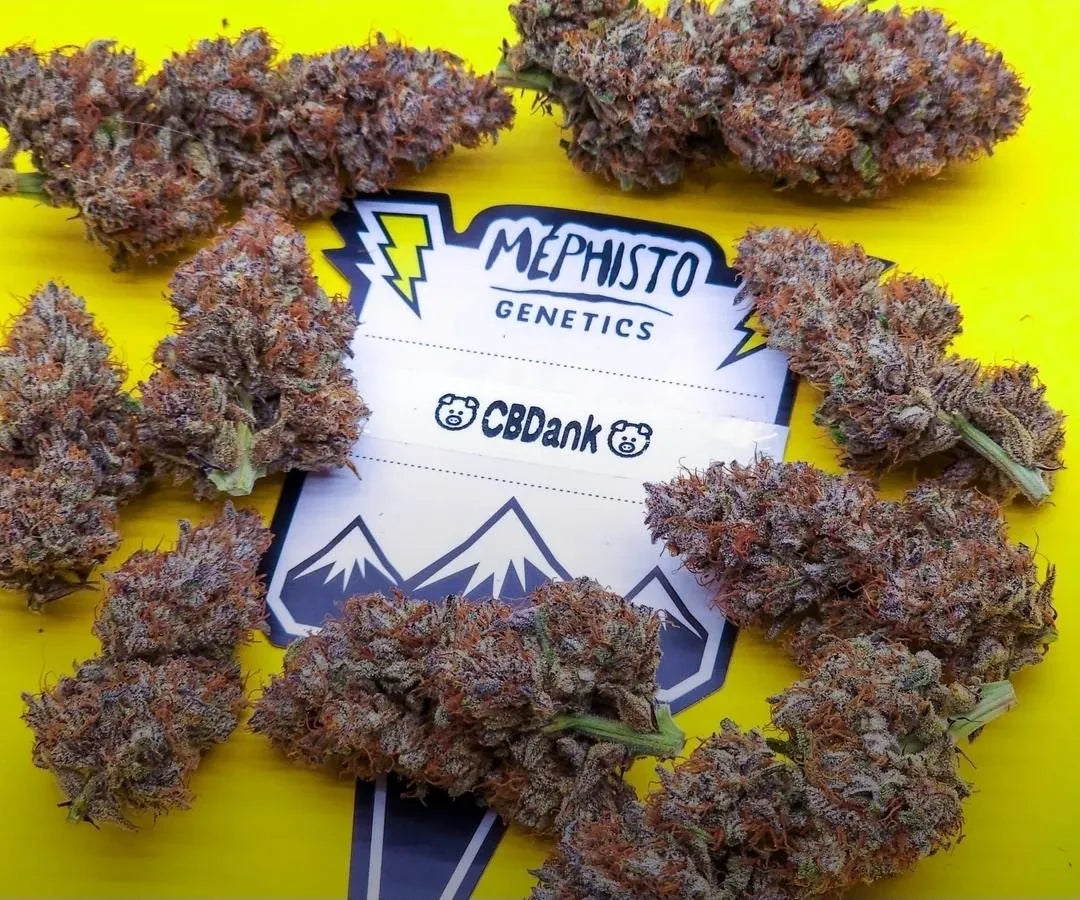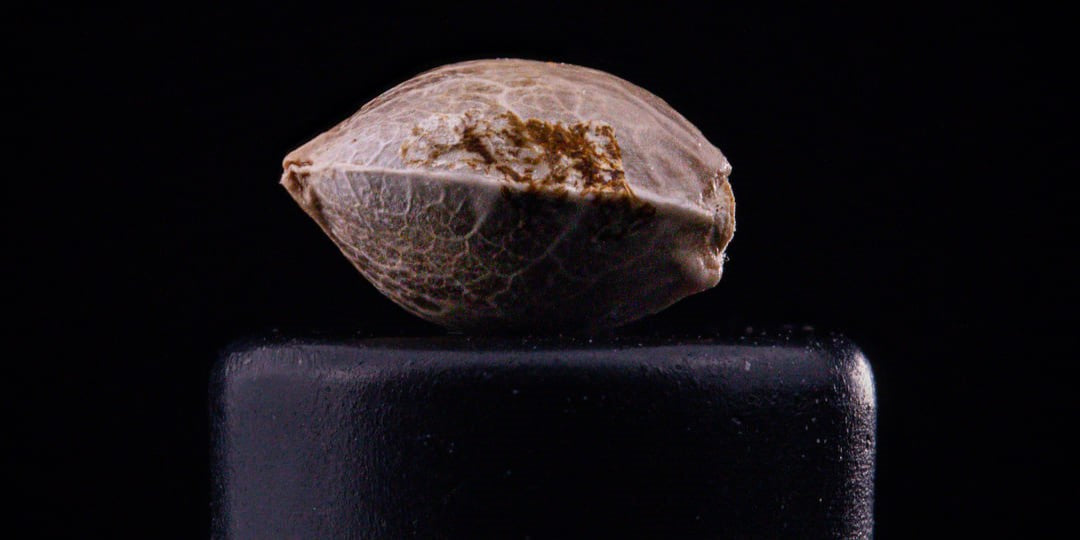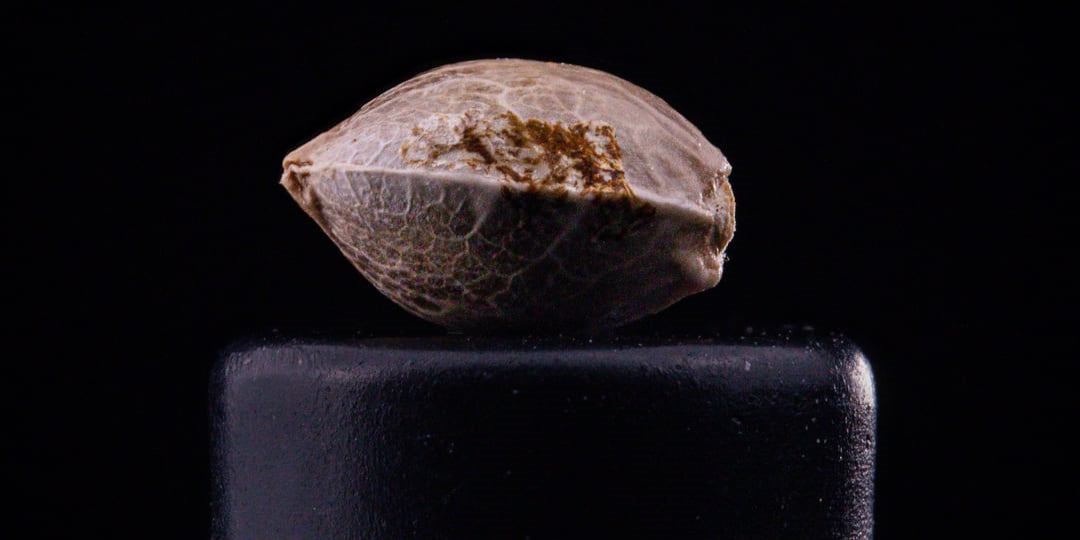Autoflower Growth Stages: A Complete Week-by-Week Autoflower Grow Guide
Welcome to the exciting journey of growing autoflowers, cannabis plants or cannabis ruderalis celebrated for their fast growth, compact size, and ease of cultivation. Unlike photoperiod cannabis strains, autoflowering strains thrive without requiring specific light schedules to switch between growth phases. This complete guide will walk you through the life cycle of autoflowering cannabis strains, focusing on week-by-week growth stages, proper germination techniques, and critical care tips to ensure a successful harvest. Let’s dive into the remarkable growth stages of autoflower plants!
Why Perfect Germination is Key to Healthy Autoflower Plants
The success of your autoflowers begins with proper germination. Autoflower cannabis seeds should be placed in a stable environment with optimal humidity and warmth to emerge from the soil. This process, taking place in Week 1, sets the foundation for the plant's life cycle. Use soil with as much water as it can hold without becoming soggy, and ensure the seedling gets 18 hours of light daily. When the seedling emerges, the first set of leaves, known as cotyledons, signal the start of vegetative growth. Many growers know that nurturing this critical stage with care prevents issues like nutrient burn later on.
Week 1: Germination and Seedling Stage – From Seed to Harvest Begins
The seedling stage marks the infancy of your autoflower plant. Autoflowering strains like Forgotten Cookies and Ripley’s OG may start sprouting within 1-2 days under the right environmental conditions. This stage requires keeping the soil moist but not waterlogged. An 18-hour light schedule is ideal for promoting vertical growth and ensuring strong root development. Avoid overwatering as autoflowers don’t need much water during this phase. By the end of this week, the main stem will begin forming, and the plant enters its vegetative phase.
Week 2-3: Early Vegetative Stage – Building the Foundation of Your Autoflowering Plant
Weeks two and three are crucial for vegetative growth, where the plant focuses on expanding its root system and developing its first true leaves. Autoflowers like Sour Stomper thrive during this phase, showcasing rapid vertical growth. Ensure your grow room maintains optimal humidity and provides consistent 18 hours of light. During this time, avoid overfeeding to prevent nutrient burn. Many autoflowers grow faster during this phase, laying the groundwork for the flowering stage.
Week 4-5: Late Vegetative Stage – Strengthening the Roots and Stems of Your Autoflowers
As you approach Week 4, your autoflowers transition to late vegetative growth. Strains like Strawberry Nuggets exhibit sturdy stems and dense foliage, preparing for flowering. Providing bloom nutrients during this stage boosts the plant's readiness for bud production. Maintain proper airflow and light to the lower parts of the plant to reduce the risk of mold. By Week 5, you’ll notice pistils forming at the nodes, signaling the early flowering stage.
Week 6-7: Transition to Early Flowering Stage – Preparing for Buds to Blossom
Weeks six and seven mark a pivotal point in the life cycle of autoflowers. Autoflowering cannabis strains such as Creme de la Chem begin producing buds and trichomes, creating that iconic frosty appearance. At this critical stage, lower nitrogen levels and introduce phosphorus-rich nutrients to encourage bloom development. Light cycle adjustments aren't necessary for autoflowering strains, making them ideal for growers who prefer simplicity. Pay attention to forming buds to maximize the quality of the final product.
Week 8-9: Flowering Stage – Cultivating Resinous Buds on Autoflowering Cannabis Plants
Flowering is where your hard work pays off. Autoflower plants like Double Grape reach their peak during weeks eight and nine, showcasing dense buds covered in glistening trichomes. Environmental conditions, such as humidity and light exposure, play a significant role in bud quality. Ensure the grow room is well-ventilated and reduce watering frequency to avoid nutrient lockout. Many growers describe this as the most rewarding stage of the autoflower's life cycle, as the plant's aroma intensifies.
Week 10+: Harvest Time – The Final Step in Your Autoflowering Strain’s Life Cycle
Week 10 is harvest time for most autoflower strains, although the timeline can vary depending on the strain. To determine readiness, observe the trichomes under a magnifying glass – they should appear milky with some amber hues. Stop feeding nutrients in the final week to enhance flavor and reduce harshness. By carefully trimming and curing the buds, you can ensure the weed's potency and aroma are preserved, resulting in a premium-quality product.
Light Schedule for Autoflowering Strains: Maximising Growth From Seedling to Flower
One of the best features of autoflowering cannabis strains is their ability to thrive under consistent light schedules. Autoflowers don't need a change from vegetative to flowering phases. An 18-hour light schedule throughout their life cycle ensures healthy growth and better yields, especially for growers cultivating autoflowers indoors. Keep light intensity optimal to ensure all parts of the plant receive equal exposure, including the lower parts of the plant.
Grow Autoflowers Like a Pro: Tips for a Thriving Week-by-Week Journey
Growing autos requires attention to detail, from maintaining proper environmental conditions to choosing high-quality autoflower cannabis seeds. Use soil rich in nutrients, but avoid overfeeding during the vegetative phase to prevent nutrient burn. Many autoflowers grow faster when provided with a balanced nutrient plan and consistent care throughout their single growing season. Whether you're growing indoors or outdoors, this week-by-week guide will help you achieve a bountiful harvest.
Discover More About Autoflowering Cannabis with Mephisto Genetics
At Mephisto Genetics, we specialize in premium autoflower cannabis seeds that cater to beginners and expert growers alike. Explore our extensive collection of legendary strains like Alien vs. Triangle and Samsquanch OG. Whether you’re looking for guidance on germination or seeking strain-specific tips, our comprehensive grow guides are here to help. Visit our website for more resources and start growing with confidence today!
related blogs.
Check out these other blog articles.










